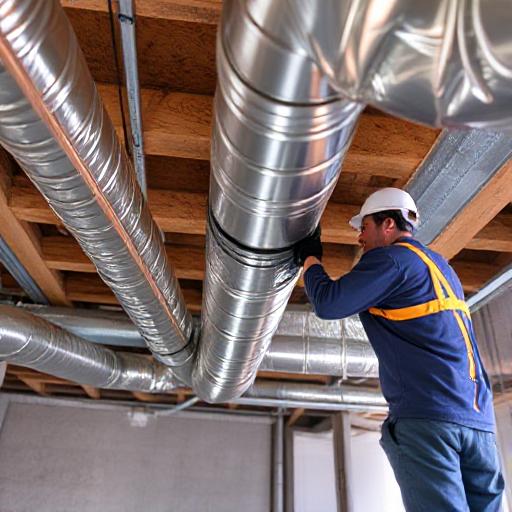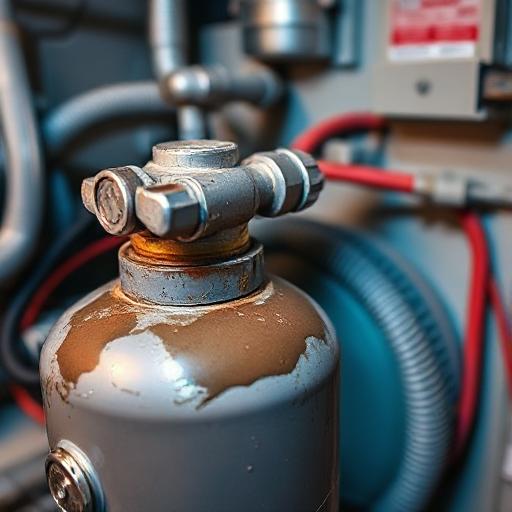Financial Metrics Every HVAC Contractor Should Track in 2025
As an HVAC contractor, understanding your financial health is more important than ever. With the HVAC industry evolving rapidly, keeping an eye on the right financial metrics can make or break your business. In this post, we’ll dive into the key financial metrics every HVAC contractor should track to ensure profitability and growth. From gross profit margins to cutting-edge technology integration, we’ve got you covered.
Understanding Gross Profit Margin
Your gross profit margin is a crucial indicator of your business’s financial performance. Healthy HVAC businesses typically maintain gross profit margins between 40-60%. This metric helps you understand how efficiently you’re producing your services and where you might need to make adjustments to improve your margins.
The Importance of Average Profit Margin
The average profit margin for HVAC companies stands at approximately 5.3%. However, with effective management, your HVAC business can achieve higher net margins, up to 12% or even 25%. Keeping track of this metric allows you to assess your overall profitability and make informed decisions about pricing and cutting costs.
Tracking Sales Revenue
Sales revenue is a straightforward yet vital metric. By monitoring your sales revenue, you can identify growth trends, seasonal fluctuations, and demand patterns. This insight helps you strategize for peak seasons and prepare for slower periods in your business cycle.
Mastering Cash Flow Management
Effective cash flow management is crucial in the HVAC industry due to seasonal fluctuations and unexpected cash shortages. By keeping a close watch on your cash flow, you ensure that your business remains solvent and can quickly adapt to any financial challenges that arise.
Leveraging Advanced Technology Integration
Incorporating advanced technology, such as the Ruud Econet 800 Series Smart Thermostat, can enhance your service value and provide valuable data for future strategies. This technology not only improves customer satisfaction but also offers insights into your business’s financial performance and helps in decision-making.
- Monitor gross profit margins to ensure efficiency.
- Analyze average profit margins for better pricing strategies.
- Track sales revenue to identify trends and prepare for fluctuations.
- Manage cash flow effectively to handle seasonal variations.
- Integrate advanced technology for enhanced service and strategic insights.
By focusing on these key financial metrics, you can track HVAC business profitability and improve your HVAC contractor financial performance.
Conclusion
In 2025, staying ahead in the HVAC industry means keeping a close eye on your financial metrics. From gross profit margins to advanced technology integration, each plays a critical role in your business’s success. Start tracking these metrics today and watch your HVAC business thrive.
Ready to take your HVAC business to the next level? Start by tracking these key financial metrics and see the difference it makes!
FAQ: Financial Metrics for HVAC Contractors
What is the ideal gross profit margin for HVAC businesses?
The ideal gross profit margin for HVAC businesses typically ranges between 40-60%, indicating efficient service production.
How can I improve my HVAC company’s average profit margin?
Improving your average profit margin involves effective management, optimizing pricing strategies, and cutting unnecessary costs.
Why is tracking sales revenue important for HVAC contractors?
Tracking sales revenue helps you identify growth trends, demand patterns, and prepare for seasonal fluctuations, ensuring steady business growth.
What role does cash flow management play in HVAC businesses?
Effective cash flow management ensures your business remains solvent and can adapt to seasonal fluctuations and unexpected financial challenges.
How does advanced technology integration benefit my HVAC business?
Advanced technology integration enhances service value, improves customer satisfaction, and provides strategic insights into your financial performance.








